Roald Dahl's unique and characterful stories still delighting children today.
Here is our guide to the much loved author, looking at how the lush landscape of the Chiltern Hills and a love of nature inspired some of his finest stories, plus the best places to visit.
We celebrate the gift of Roald Dahl’s whizzpopping inventiveness, his ability to spin tales of technicolour confectionery, miracle medicines and villains of the vilest order. But unlike other classic children’s writers – such as Beatrix Potter or Michael Morpurgo – what he is less often remembered for is his love of nature. In fact, the countryside was one of the defining passions of both his life and work. 2016 saw the 100th anniversary of Roald Dahl's birth.
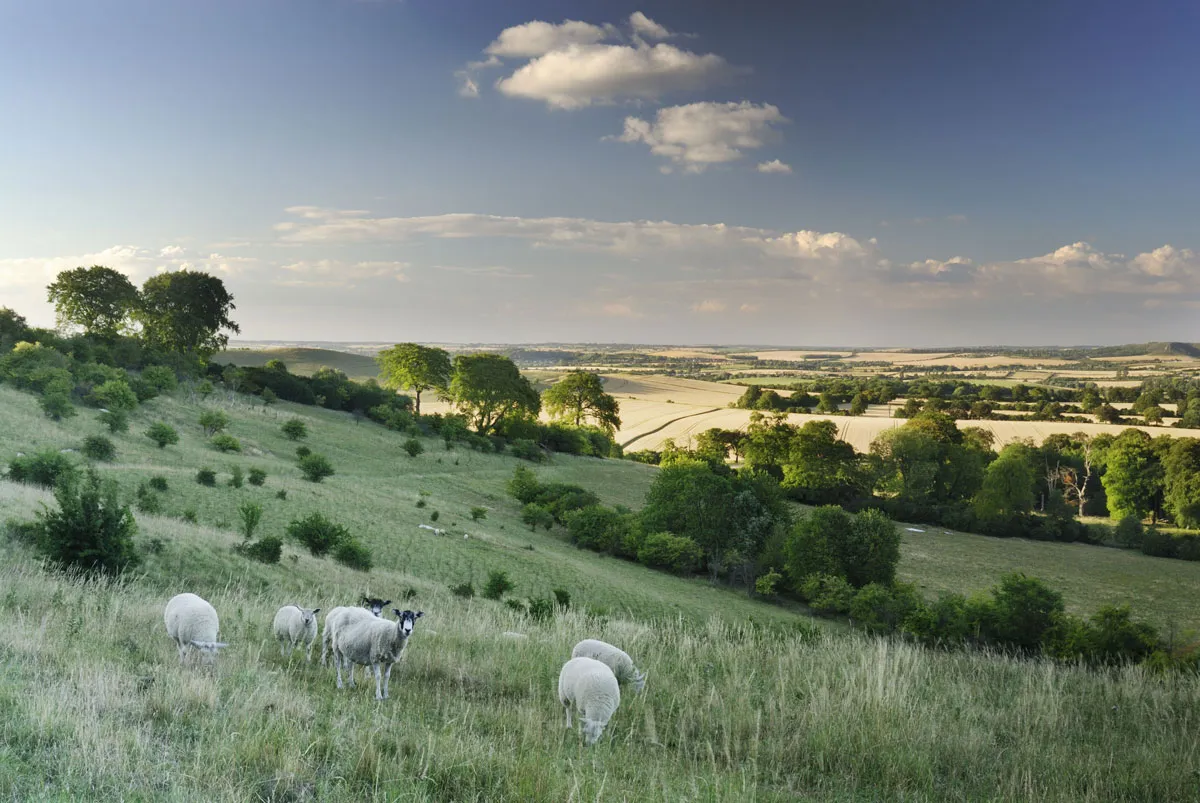
How important was nature to Roald Dahl and how did it inspire his stories?
As a child, Dahl developed the love of the great outdoors that he would pass on to his millions of young readers. Although he later commented in his rural diary My Year, “I have never lived in a town or city in my life and I would hate to do so,” he spent his early years in Llandaff, a genteel Cardiff suburb. However, for their holidays, his Norwegian family took him off for glorious summers in their home country, where they all whiled away the days sunbathing, swimming and gathering mussels in the fjords.
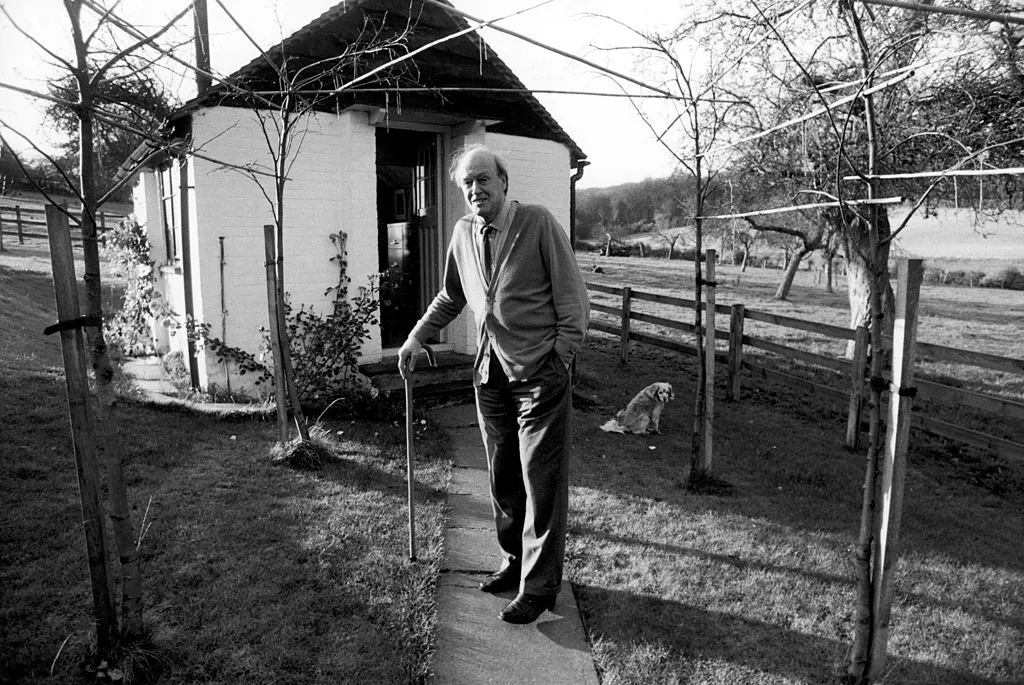
His mother Sofie Magdalene read to Roald and his siblings Scandinavian tales, often set in dark pine forests, featuring children who rode eagles or battled giant insects. Many were illustrated by Norwegian artist Theodore Kittlesen, famous for his visionary landscapes. Donald Sturrock argues in his compelling biography of Dahl, Storyteller, that these pictures – tranquil lakes, misty mountain peaks and running streams – gave young Roald a “defining sense of the solitary majesty of the natural world”.
Roald Dahl's love of solitude
This love of wild solitude inspired his very first creative efforts. Dahl recalled beginning to write as a child, while squirrelled away among the boughs of a great chestnut tree in their Welsh garden:
In springtime, I was in a cave of green leaves surrounded by hundreds of those wonderful white candles that are the conker trees’ flowers... Sitting there, above the world, I used to write things that would make my mother and sisters stretch their eyes with disbelief.
Roald Dahl
His stories written as an adult, which would make millions across the world widen their eyes with similar disbelief, included The Minpins, the tale of Little Billy who goes exploring “the big black secret wood”. Chased by a Terrible Bloodsucking Spittler, Billy hides in the branches of a similar tree:
'He was in a world of green leaves and thick branches with no earth or sky in sight... For a moment, at any rate, he was safe.'
The connection between rural seclusion and storytelling began early and ran deep. While Dahl didn’t write his books hidden in a tree, he had the next best thing: a garden shed, in the orchard of his house.
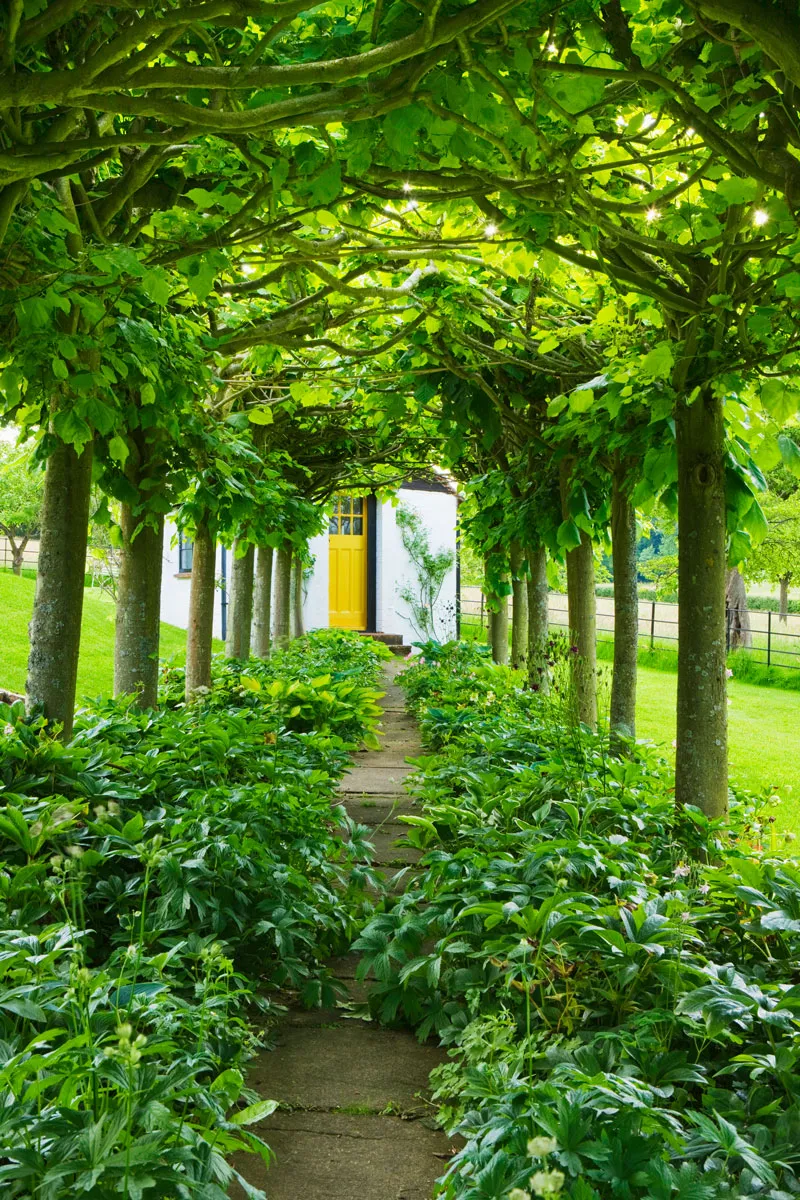
Little Whitefields was a pretty 18th-century cottage in Great Missenden, which Roald Dahl and his actress wife Pat bought in 1954. They soon renamed it Gipsy House, after the charming painted gypsy caravan idling in the trees nearby. For Roald, the ancient beech woods, deep valleys and rolling Chiltern hills represented paradise. He wrote:
There are pheasants to be poached in the woods across the valley… roses to be budded onto the wild briars in the hedge, cherries to be picked, donkey’s hooves to be pared and a tree house to be built.
Roald Dahl
In fact, he lamented, there was so much to enjoy outside, he wouldn’t be able to do much writing. Somehow he did find the time to write 17 novels, 10 short-story collections and numerous screenplays, plays and poems – but he also threw himself into country life. He was an avid gardener, remodelling the basic garden at Gipsy House and later designing an intricate and exquisite rock garden memorial for his daughter Olivia, after her tragic early death.
How horticulture inspired Roald Dahl
And it was horticulture that inspired his first children’s story. He wanted to write about animals for children, but felt that Beatrix Potter had cornered the market in ducks, dogs and rabbits.
There seemed to be jolly little that had not been written about, except maybe little things such as earthworms and centipedes and spiders. Coupled with a fascination as to why the crop in his orchard didn’t just continue growing infinitely, he began James and the Giant Peach, the tale of a magically swollen fruit and its oversized insect inhabitants. The book expresses a childlike joy in the infinite capacity of nature to amaze:
“My dear young fellow,” the Old-Green-Grasshopper said gently, “there are a whole lot of things in this world of ours you haven’t started wondering about yet.”
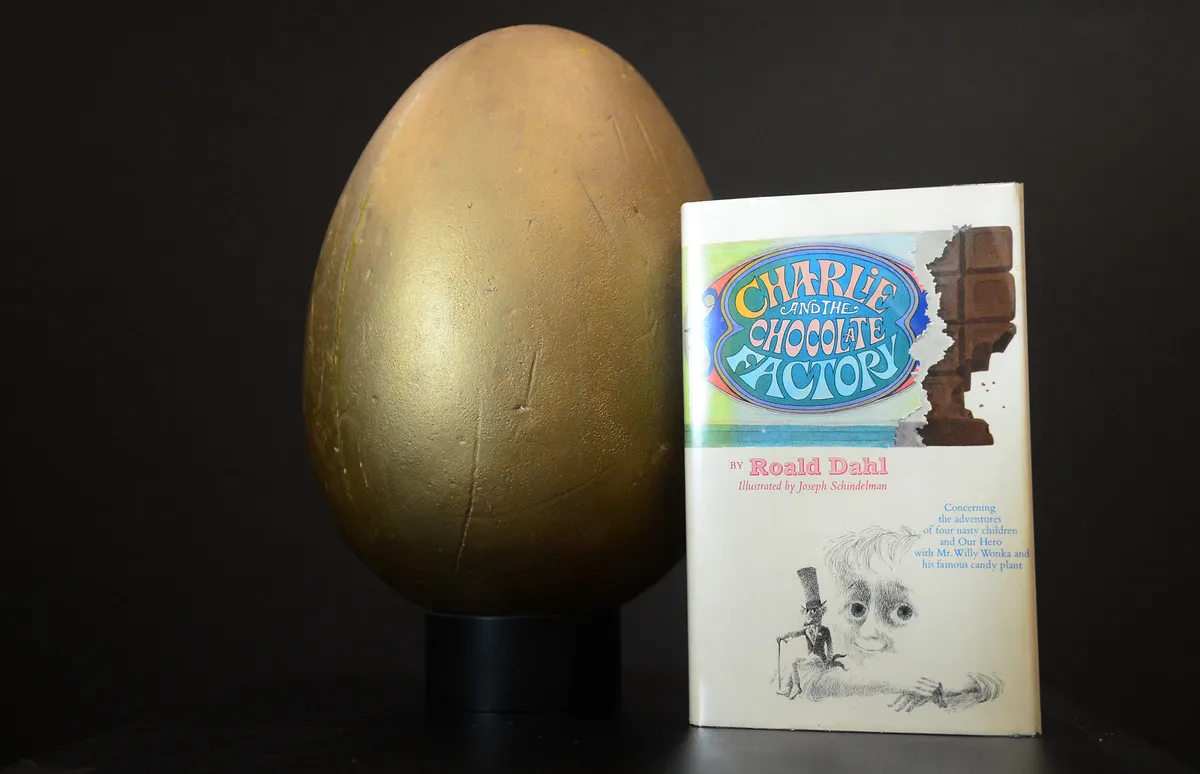
Dahl wondered a lot about the natural world, and became a knowledgeable – if mildly eccentric – countryman. He knew how to get rid of moles by burying an empty wine bottle in the ground, neck up. Dahl swore that the wind blowing across the open top produced vibrations that would drive the moles out of the garden. And as a youth in May, when the hawthorn blossomed and the buttercups erupted in the fields, he explored the colourful, extraordinary world around him.
As a boy, I used to prise up the little white bulb of the buttercup and chew it. It is frighteningly hot like mustard.
Roald Dahl
Which sounds exactly like the kind of surprise Willy Wonka might put in one of his creations.
Poachers and pheasants in Danny, the Champion of the World
It comes as no surprise that his most famous story set in the countryside, Danny, the Champion of the World, epitomises this passionate but mischievous country spirit. The story of young Danny and his poacher father advocates an authentic appreciation of wildlife as opposed to those who shoot birds for commercial gain.

With a typically Dahlian lack of sentiment, it centres on a mischievous and ingenious plan to scatter raisins stuffed with sleeping pills in a pheasant wood. This was based on a real poacher’s trick that he learned from a neighbour of his mother’s, Claud Taylor. Donald Sturrock recounts how Claud – “a storyteller and a rogue” – also once enrolled Dahl to help him lead a cow through woods and fields at midnight, so she could be impregnated by a prize bull.
Dahl always championed legally dubious but colourful characters such as Claud over establishment farmers and landowners, such as Claud’s Rolls Royce-driving boss George Brazil – on whom the pompous estate owner Victor Hazell in Danny, the Champion of the World was based.
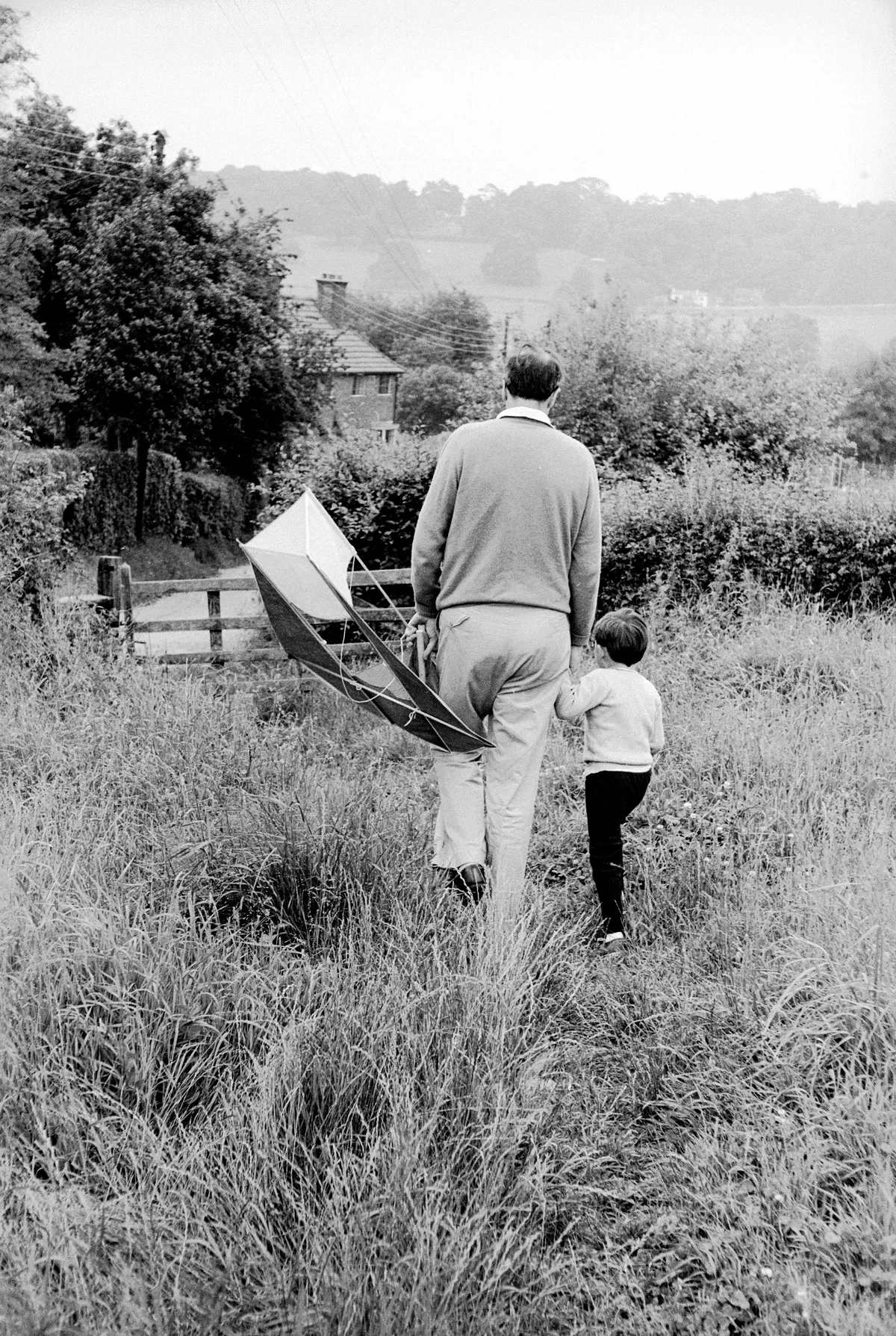
He understood that nature was red in tooth and claw – witness the relish with which Mr Fox in Fantastic Mr Fox slaughters chickens when he gets the chance – but Dahl abhorred gratuitous cruelty to animals. He lent his own views to the young girl narrator of The Magic Finger, a dark fable of metamorphosis featuring some field sports’ enthusiasts.
I can’t stand hunting. I just can’t stand it. It doesn’t seem right to me that men and boys should kill animals just for the fun they get out of it.
Roald Dahl
Great Nature
The pleasure that Dahl took in the countryside and recreated so vividly for his readers was not only borne out of a lifelong appreciation of its wonders, but a profound understanding.
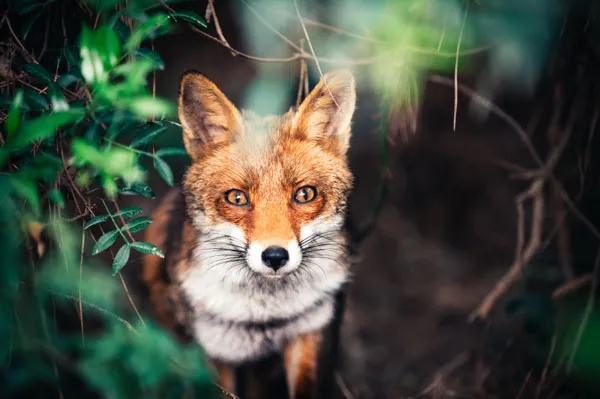
Nature might be mysterious, solitary, extraordinary and often exuberant or even out of control, but it was also to be cherished and managed for future generations, to bring out the best in us, not the worst.
About the writer
Piers Torday was inspired to write for children after Roald Dahl sent him an unpublished Oompa Loompa poem. His book, There May Be a Castle, was published in 2018. www.pierstorday.co.uk